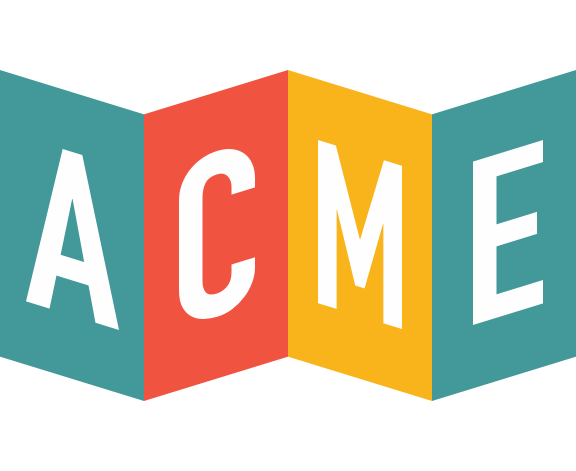
What a Volunteer Report means for a Museum
August 2, 2021
Museums, especially nonprofit museums, rely on their donors, fundraising campaigns, and their volunteers in order to succeed and thrive as institutions. And although volunteer managers know just how important all the great work their volunteers do for museums, effectively communicating their impact to your organization might be a difficult task if you don’t have the right resources that demonstrate their contributions.
This is where the value of volunteer impact reporting really shines.
Volunteer impact reporting is your ability to demonstrate, through data-driven metrics and success outcomes, the efficacy of your volunteering efforts and strategies. In order to get the recognition you and your volunteers deserve and, in turn, garner support for your volunteering program, you need to prove that what you’re doing is working. Volunteer impact reporting is one way to demonstrate that success.
Below we’ll get into everything you need to know about what a volunteer report means for a museum.
What goes into a volunteer impact report?
Volunteer impact reports aren’t the most complicated or foreign documents for a lot of organizations. Like a benchmark or KPI report, volunteer impact reports summarize what your volunteers accomplished within a specific fiscal year of your organization.
It’s kind of like a “greatest hits” document for all of the amazing things your volunteers accomplished that year, and it should highlight the achievements, accomplishments, and accolades in a way that generates excitement around your volunteering program.
These reports will often lead to more funding, support, staffing capabilities, and influence for you and your team.
Volunteer impact reports should include:
- Results-oriented impact data – Again, stakeholders and executives often speak in the language of information, data, and metrics. Creating a sleek, easy-to-read impact data page that demonstrates how your volunteering efforts are increasing visitorship, bolstering your memberships, or making a positive impact on your organization will be imperative if you’re hoping to garner support for your volunteering efforts.
- Adjacent data points – You also want to include other metrics and data points that include: your volunteering demographics, volunteer retention and churn rates, satisfaction survey results from both volunteers and visitors, and other volunteer-relevant data that could help demonstrate your accomplishments.
- Personal stories – While the numbers are important, so are the stories and the people behind the good work you’re doing. Presenting narratives and stories around your volunteers and the work they do will remind stakeholders of the impact you’re having and the good you’re doing for your museum.
- Aesthetically appealing visuals – Impact reports should be cogently organized, easy to follow, and aesthetically pleasing to read and look through. This means including lots of visuals, diagrams, and models that will catch the eye of your viewers as much as it will demonstrate your effectiveness.
While it might seem like there’s a lot that goes into volunteer impact reporting, it’s important to have a balanced, thorough report that will resonate with stakeholders and organizational leaders. Taking a multi-pronged approach by
Ways to measure volunteer impact
So how do organizations decide on what to measure or how to measure the efficacy of their volunteer impact? When looking for an authority on ways to measure volunteer impact, the UN’s Sustainable Development Goals is an excellent resource to start with. The UN developed 17 goals that range from efforts to reduce poverty and hunger to promoting gender equality and environmental sustainability.
Other ways to measure volunteer impact include:
- Health and wellbeing
- Education
- Water sanitation
- Affordable clean energy
- Economic growth
- Industry innovation and infrastructure
- Reduced inequalities
- Climate action
- Life below water
- Life on land
- Peace, justice and robust institutions
Depending on where you’re located in the US or around the world, the best way to decide on how to measure your impact and what to measure will likely have to do with your localized needs. For example, you might focus your volunteering efforts on sustainability when it comes to water, which is becoming increasingly common on the West coast and in other regions across the world.
ACME has the tools you need to excel
Whether you’re a nonprofit organization, museum, zoo, or other cultural institution looking to make a difference in the world, ACME can help you reach your goals with a state-of-the-art, cloud-based ticketing solution, membership management tool, and donation system that will allow you to track your progress and ensure your volunteering efforts are well-funded and supported.
Try the ACME demo to see how we can help with your ticketing needs, membership management strategies, and volunteer efforts today.

